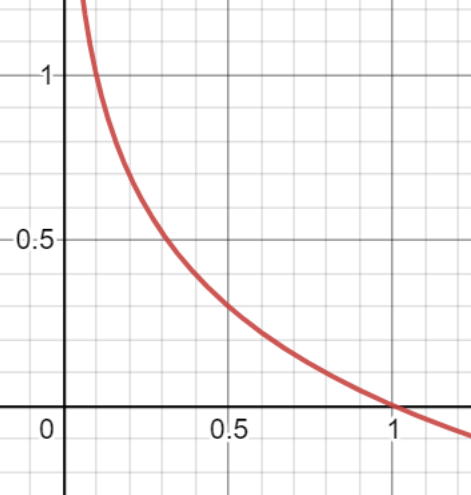Entropy, Cross-entropy, KL Divergence and JSD
Entropy (Information Theory)
Measures expected amount of information needed to describe the state of the variable, considering the distribution of probabilities across all potential states.
\[H = \sum_ip_i\log_2\frac{1}{p_i}=-\sum_ip_i\log_2{p_i}\]- The amount of information needed decreases when probability goes to 1

Cross-Entropy
Similar to Entropy, but with estimated probability distribution Q not real distribution P.
Cross-entropy of Q relative to P can be defined as
\[H(p, q) = \sum_{i} p_i \log_2 \frac{1}{q_i} = - \sum_{i} p_i \log_2 q_i\]- Why use Cross-Entropy loss in machine learning? → Because it calculates the entropy (amount of information) of estimated distribution relative to real distribution.
KL divergence (Relative entropy from Q to P)
Measures how one reference probability distribution P is different from probability distribution Q.
It is measured by calculating the difference of entropy, which can be defined with Entropy and Cross-entropy.
\[\begin{align*} D_{KL}(P \parallel Q) &=H(p,q)-H(p) \\&= \sum_{x \in \mathcal{X}} P(x) \log\left(\frac{P(x)}{Q(x)}\right) \end{align*}\]Now, we can understand the characteristics of KL divergence
-
KL divergence ≥ 0 because
\[H(p,q) \ge H(p)\] -
KL divergence is asymmetric because
\[D_{KL}(P \parallel Q) \ne D_{KL}(Q \parallel P)\]
- Why not use KL divergence in loss function?
- Because H(p) is real distribution it is a constant value, which can be omitted. So we simply use the Cross-Entropy loss.
- Because it is asymmetric, it is not a “distance”. To use KL divergence as distance, we need to make it symmetric
JSD (Jenson-Shannon divergence)
Symmetric version of KL divergence. It can be used as a distance.
\[\begin{align*} JSD(p \parallel q) &= \frac{D_{KL}(p\parallel M)+D_{KL}(q\parallel M)}{2}\\ & \text{where, }M=\frac{p+q}{2} \end{align*}\]